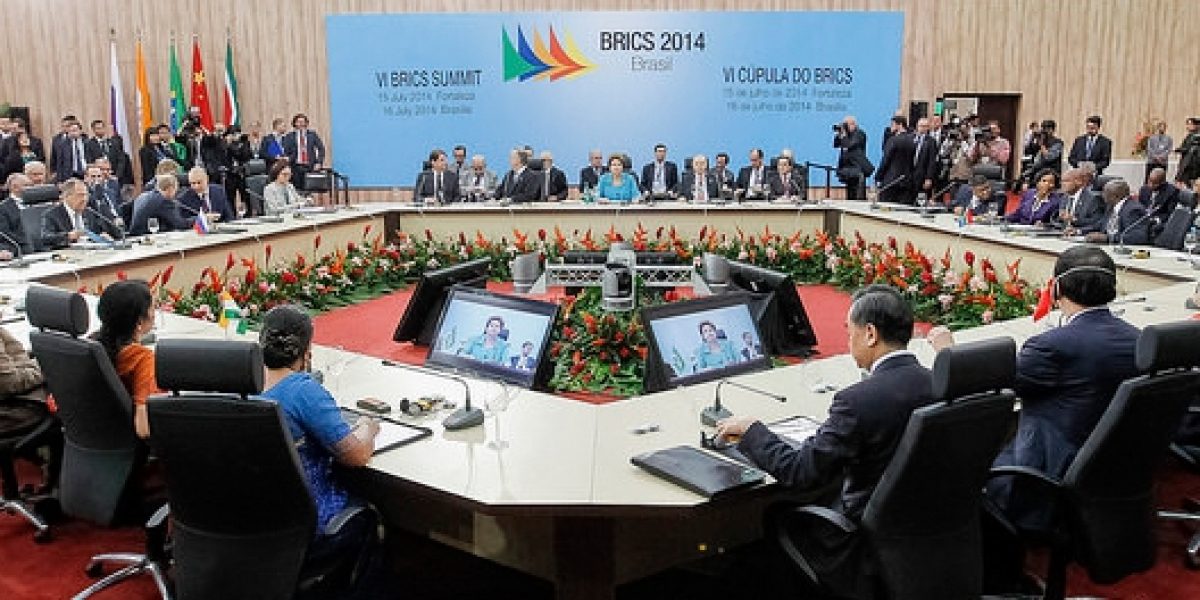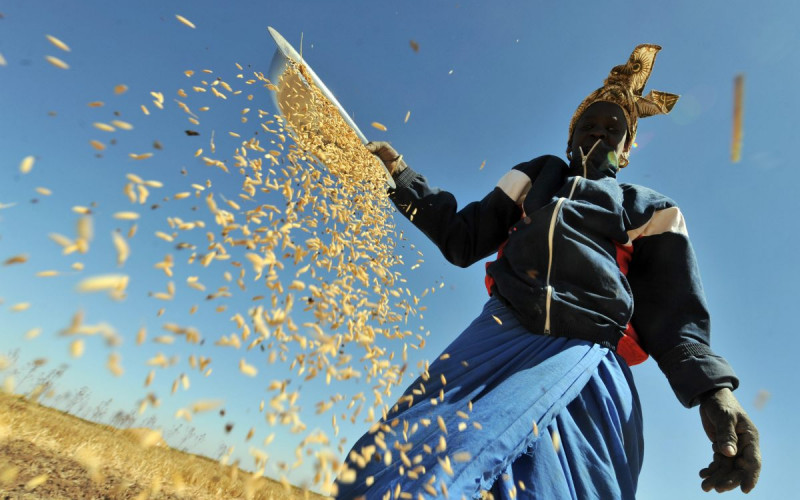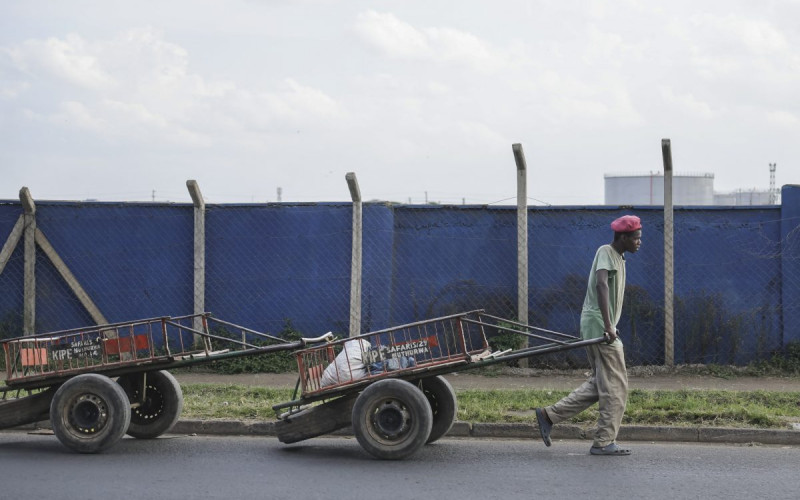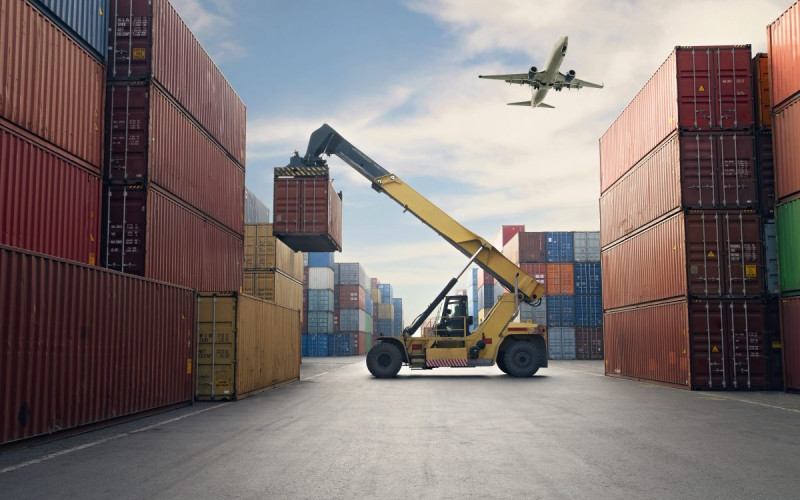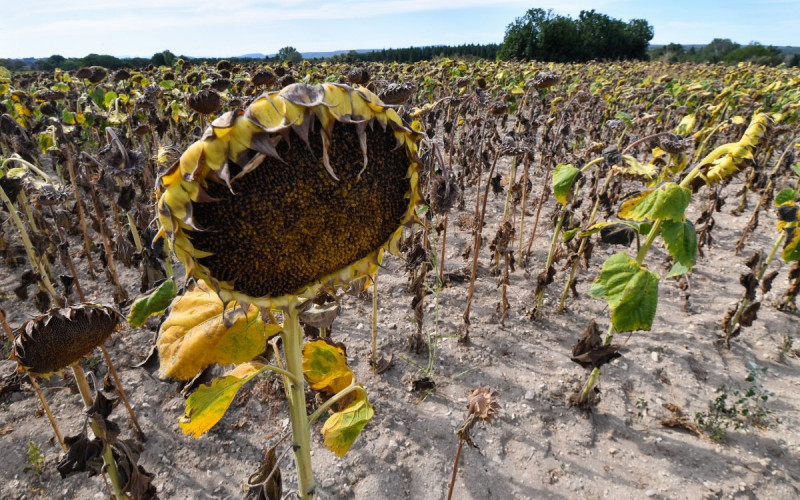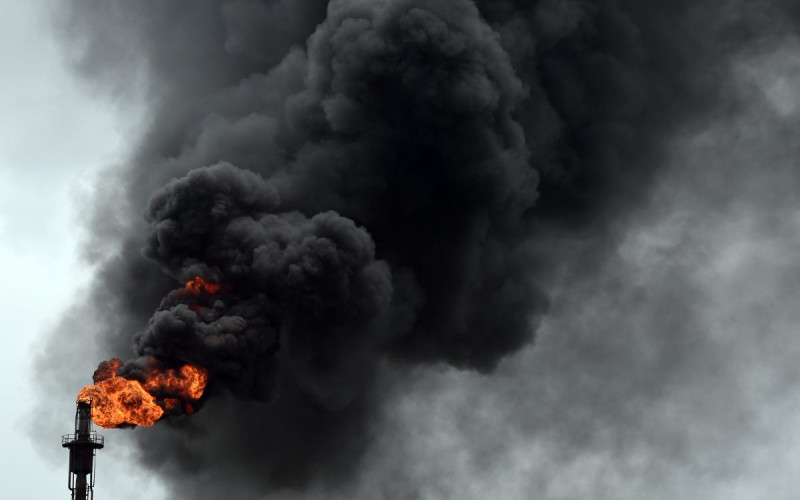Their common objectives, combined with the roles they play regionally and in terms of global economic governance reform have led to positions in opposition to those adopted by developed countries. Their common domestic constraints and objectives also impose limits on co-operation within the grouping. For example, South Africa and Brazil are under significant competitive pressure from India and China and both South Africa and Brazil are reluctant to allow this pressure to reshape their labour intensive sectors and broader industrial base.
The launch of the group’s New Development Bank and Contingent Reserve Fund at the July 2014 BRICS Summit may however provide neutral channels within which to co-operate and will create new ties and identity within the grouping.
Within both Brazil and South Africa there appear to be similarities in terms of the economic debates, and this informs their external alliances. Liberals are opposing protectionists with regard to trade and industrial policy, interventionists and non-interventionists are tussling over exchange rate policy and sectoral support is contested terrain.
The debates are not academic; both countries are struggling with commodity based export profiles, problematic exchange rates, a lack of competitiveness and sluggish growth in areas of domestic industry, and fierce competition from imports in the domestic market. The two countries likewise appear to be undergoing degrees of structural change, whereby the position of the industrial sector in the economy is changing. Both states however remain firmly committed to the role and strategic relevance of industry and have policies to this effect.
South Africa has already undergone structural transformation, evidenced by the small share for agriculture (even though productive) in gross domestic product and employment; rapid urbanisation; the emergence of an industrial and service economy; and declining birth and death rates. What South Africa now seeks is continuing transformation into an upper income country.
This is complicated by the need to urgently address the dualistic nature of its economy and associated unemployment and inequality. South Africa is perhaps unique in Africa and the developing world in the extent and depth of the dualism and the constructed nature of the associated development and underdevelopment. It is structurally transformed and yet structurally dysfunctional in terms of unemployment. It appears unable at present to attain sufficient momentum to continue the process of transformation.
Its failure to transform further would further imply that it is stuck in what is referred to as the ‘middle income trap’ (although to be accurate South Africa is ranked as an upper middle income country). This ‘trap’ occurs where a country achieves a reasonable level of development as a middle income economy, having structurally transformed, but then fails to keep evolving into an upper income country.
Some necessary ‘trap escape variables’ therefore might be high investment levels, industrial competitiveness and innovation, and high levels of labour productivity, coupled with good health and education systems, modern communications technology, stable and effective political, legal and regulatory systems and environmentally sustainable growth.
South Africa’s production structure has largely been inherited from the Apartheid dispensation prior to the 1990s where policies of segregated development resulted in a large supply of cheap and deliberately unskilled labour. These policies, in conjunction with import substitution and state subsidies, stimulated the development of a diversified industrial base, the largest in sub-Saharan Africa. The difference between this development and that of other emerging economies was that there was no way for the children of disadvantaged groups to become highly skilled workers, researchers or professionals (engineers, doctors, etc.), preventing their talents and innovation from entering the economy and distorting the skills base.
This has no doubt hampered the country’s potential to evolve into a producer of high-quality, innovative products, necessary for further structural change. It has also constrained the necessary labour mobility to move between sectors. The country therefore faces the challenge that any further structural transformation must simultaneously address the structural inequality linked to historical dualism. South Africa has a steeper hill to climb than its BRICS partners or similar key developing countries, thanks to the social engineers of the past.
The changes occurring in the South African economy are instead a form of slow structural change and de-industrialisation, with services slowly displacing manufacturing. The decline of the manufacturing sector in particular, in combination with rising capital intensivity, has frustrated government’s efforts to tackle South Africa’s persistent employment crisis.
At the same time industry still plays a key role in the economy and Government has evidenced through recent policy though that it believes that the industrial sector and manufacturing sub-sector are still worthy of support. The efficacy of such policies will however require much closer co-operation between government, business and labour as the nation’s economic momentum is slowing and no-one can be certain when the ‘tipping point’ of faster de-industrialisation may be reached.
The challenge for South Africans is to engage in a pragmatic, objective discourse on how to ‘change gears’ and address structural weaknesses in the economy. The challenge for the country’s diplomats is to ensure that it retains its BRICS weight and role whilst this debate unfolds.
This article is drawn from a paper being produced under SAIIA’s Economic Diplomacy Programme.

